Cargando...
Recursos educativos
-
Nivel educativo
-
Competencias
-
Tipología
-
Idioma
-
Tipo de medio
-
Tipo de actividad
-
Destinatarios
-
Tipo de audiencia
-
Creador
Lo más buscado
- Repaso de francés
- lectura para niños
- actividades lectoescritura
- Integrales
- multiplicación para niños
- juegos ortografía
- Cultivos transgénicos
- Actividades de fabulas
- Actividades acuáticas
- redacción
- cuentos inglés infantil
- Plantillas de letras para niños
- O aberta O tancada
- imágenes lengua
- Juegos educativos gratis
-
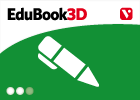
Check. The first humans: The Paleolithc Age
EduBook Organización
- 7191 visitas
Review what you have studied and answer the questions: What do we mean when we say that people in the Palaeolithic Age were predators and nomads? What did people in the Palaeolithic Age use fire for?…
-
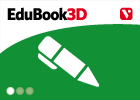
Describe. A Palaeolithic camp
EduBook Organización
- 3303 visitas
Look at the recreation of a Palaeolithic camp and do the activities: Which different living places or shelters can you see? Describe the activities in a Palaeolithic camp? What tools did they use?…
-
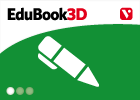
Check. The second avant-garde
EduBook Organización
- 2818 visitas
Remember what you have studied in this section and answer the questions: Which two movements emerged after the Second World War? What did they have in common? Describe and identify artists, art styles…
-
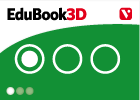
Final self-evaluation 3.04 - Medieval Cities
EduBook Organización
- 2735 visitas
Choose the correct answer: What new agricultural technique meant that only a third of land had to be left fallow? What was the result of introducing new agricultural techniques? How was artisan work…
-
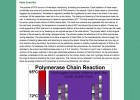
Video: PCR
Tiching explorer Organización
- 1994 visitas
Polymerase Chain Reaction is a technique which enables researchers to amplify extremely small samples of DNA into virtually unlimited quantities. It is used in paternity testing and crime scene…
-
Final self-evaluation 10.04 - The Baroque Age
EduBook Organización
- 1975 visitas
Which concepts do the following definitions refer to: An exceptional period in the history of Spanish painting. Painting technique using the contrast between light and shade. An effect of asymmetrical…
-
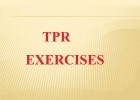
E4 TPR-exercises SM
Francisco Cerrillo Docente
- 1 lo usan
- 911 visitas
Want a teaching technique that’ll make your students jump for joy, dance with delight and finish off with high fives? Sounds like you’re looking for a language teaching approach called total…
-
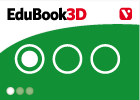
Choose. Rococo art
EduBook Organización
- 5006 visitas
Choose the correct answer: Where and when did Rococo art originate? What was the style of Rococo art? Which social classes did Rococo art depict? Which other style of art was Rococo modelled on? Which…
-

Self-evaluation 8 - The legacy of classical culture
EduBook Organización
- 4723 visitas
Which aspect of the classical legacy do the following statements refer to?: They were often very realistic and used the fresco technique. They had a rectangular base, with the cella in the centre where…
-
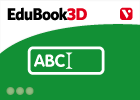
Final self-evaluation 10.08 - The Baroque Age
EduBook Organización
- 2807 visitas
Rewrite the sentences and correct the mistakes: In the sphere of trade, the Mediterranean ports of Seville, Lisbon, Antwerp, Amsterdam and London grew in influence. Liberal monarchies were established…
Te estamos redirigiendo a la ficha del libro...












